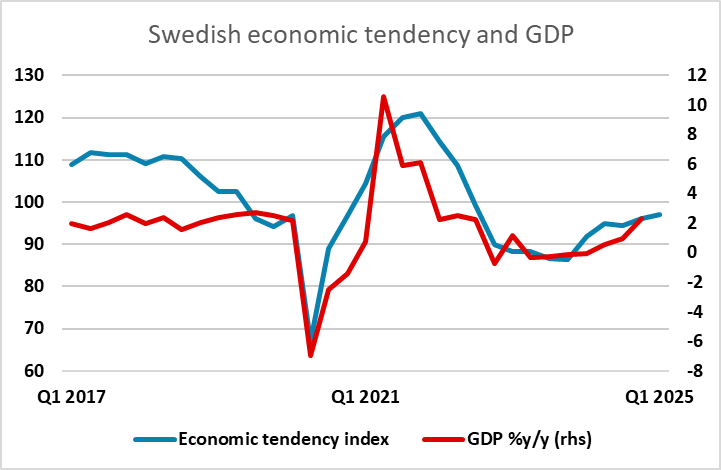FX Daily Strategy: N America, March 26th
UK CPI and fiscal statement the focus
GBP risks mainly on the downside
USD likely to remains under pressure against the JPY
Swedish data needs to be strong to justify recent SEK strength
UK CPI and fiscal statement the focus
GBP risks mainly on the downside
USD likely to remains under pressure against the JPY
Swedish data needs to be strong to justify recent SEK strength
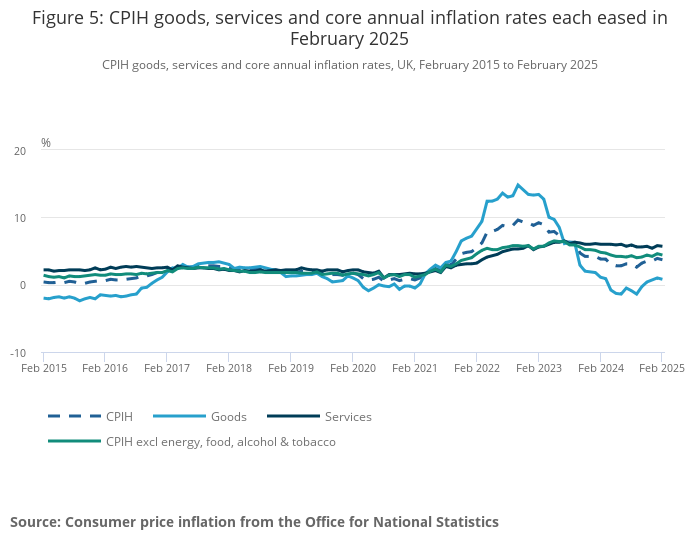
UK February CPI came in softer than expected, triggering some small losses in GBP. However, EUR/GBP has drifted lower in recent sessions, helped by some widening in yield spreads, and this morning’s bounce doesn’t correct much of the recent decline. The lower than expected CPI probably won’t significantly change the BoE policy stance, as CPI remains at slightly uncomfortable levels, but the chances of a May rate cut still look somewhat greater than the 45% chance currently priced in, so we still see some downside risks for the pound.
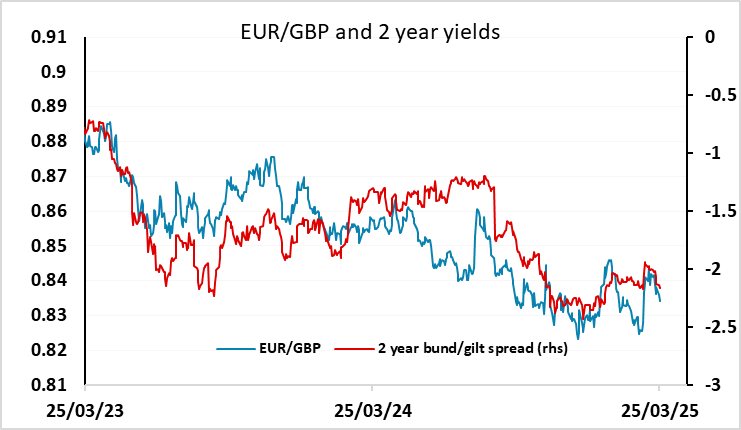
However, today’s focus is more on the UK fiscal statement at 1230GMT than this morning’s CPI, important though it is. GBP fell back after the Budget statement last time, and is vulnerable if Chancellor Reeves accommodates a further increase in the budget deficit due to weaker growth and higher debt interest than expected. So most of the risks do look to be on the GBP downside, even though we expect that Reeves will broadly maintain the fiscal stance with some more spending cuts. The recent history of UK fiscal announcements has not tended to be initially GBP positive. The current government’s first Budget last autumn saw EUR/GBP spike more than a figure higher even though gilt yields also rose on the day, although the GBP losses were soon reversed. The Truss Budget in 2022 saw a much larger GBP decline, partly due to some technical gilt market issues. However, both sell offs reflected market concern about the UK fiscal position. This time around Chancellor Reeves will have to cope with lower growth estimates, higher defence spending and higher deb interest. Some spending cuts have already been announced, but there may need to be some more if GBP is to escape the announcement unscathed. Bigger picture, we still see EUR/GBP risks to the upside, as we see larger BoE rate cuts than are currently priced in, and GBP is trading at expensive levels in real terms. So we would favour a EUR/GBP move back above 0.84 if there is no action to deal with the deteriorating outlook for public finances.
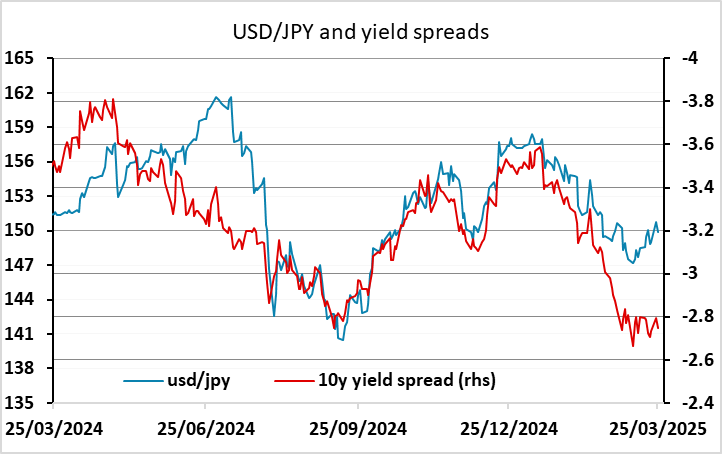
The SEK has been essentially undisturbed by the somewhat weaker than expected economic tendency survey this morning, reflecting weaker consumer confidence. The dip in the March index to 95.2 still leaves the Q1 average above Q4, suggesting the growth picture remained reasonably solid in Q1, but the dip in March creates a lower base for Q2 and creates some doubt about the current momentum of the economy.
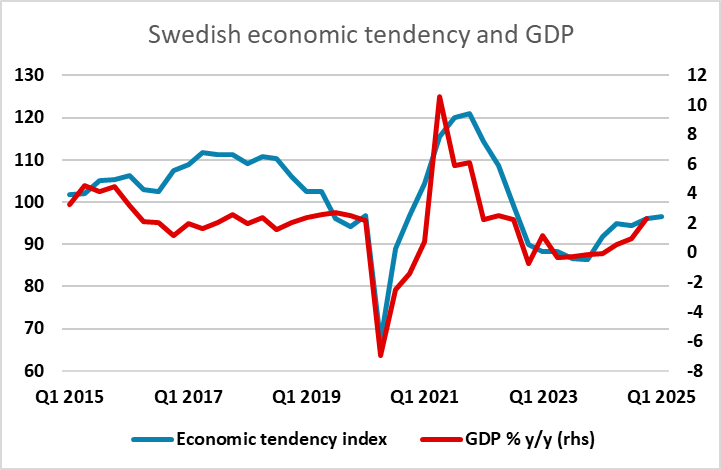
EUR/SEK is nevertheless unmoved, and remains at low levels relative to current yield spreads. There is still sufficient optimism around the European economy to maintain a positive SEK tone for now, but the SEK is vulnerable if European risk sentiment weakens. With the French consumer confidence numbers also weaker than expected this morning, the risks do look to be shifting towards a weaker SEK.
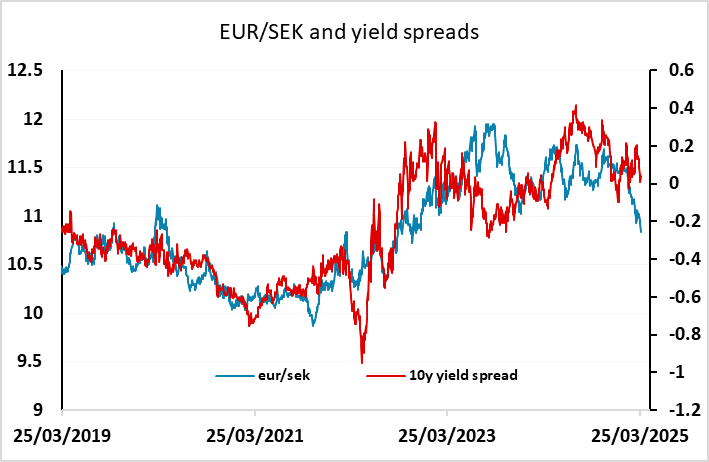
In the US there is durable goods orders data, but these seem unlikely to significantly affect expectations for the economy. At this stage, most of the US data has remained quite solid, and there was also some optimism on Monday that the Trump tariff increases might be less damaging than feared. But the weak Conference Board consumer confidence index released on Tuesday, hitting the lowest level since the pandemic, maintains the concern that Trump’s policies may weaken the economy via the impact on confidence. The equity market remains priced for a strong economic performance, so it still looks vulnerable to these concerns. We consequently still see USD/JPY as very vulnerable here. Current yield spreads already suggest scope for substantial declines, which may materialise more quickly in the event of any equity sell off.
